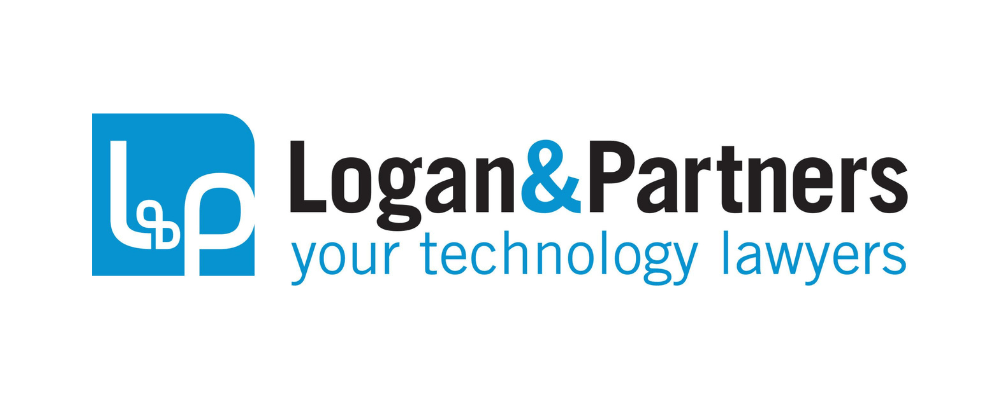Revolutionary technologies such as the Internet of Things (IoT) and autonomous vehicles are reshaping industries worldwide. As these innovations advance, understanding and managing liability in contracts becomes paramount for all stakeholders involved. In this article, we provide practical tips to help businesses successfully navigate liability issues within IoT and autonomous vehicle commercial contracts.
Setting the GPS for Liability
Imagine an IoT project where a manufacturer supplies smart devices, a software developer crafts the operating system, and users install and utilise the technology. Clearly defining the responsibilities of each party within the contract ensures that accountability is established from the start. Considering the degree of control, expertise, and risk assumption of each party helps identify potential liability issues.
For instance, in an IoT contract, suppliers may bear liability for any manufacturing defects, delivering, and installing smart home devices, while customers assume responsibility for proper device usage and adherence to safety guidelines.
Address Data Privacy and Security
In the context of IoT and autonomous vehicle contracts, data privacy and security are crucial considerations. Clearly define the responsibilities of both the supplier and the customer regarding data protection, sharing, and cybersecurity measures.
Suppliers are likely to be responsible for implementing data privacy and security measures to protect customer data and ensure compliance with applicable privacy laws and industry standards in their data processing, while customers may be responsible for user behaviour and data handling on their side, for instance, by implementing proper user authentication protocols and access controls.
Set Up Warranties
When considering warranties for IoT and autonomous vehicle contracts, it is crucial to recognise the unique nature of these products, which combine hardware and software components while offering a certain level of flexibility in user interaction. As such, warranties must encompass these specific aspects to ensure comprehensive coverage.
Suppliers typically provide warranties that cover the durability, functionality, and structural integrity of the hardware, and compatibility with specified platforms, protocols, or standards, security, and performance of the software, guaranteeing that the products will perform as intended ensuring continuous data transmission and availability. Lastly, compliance warranties should be included to confirm that the products adhere to applicable laws, regulations, and industry standards.
On the customer side, warranties can extend to proper usage, maintenance, adherence to recommended guidelines, and warranties related to data privacy and security in the product use phase.
Incorporate Indemnification Provisions
To safeguard against potential losses or damages, include indemnification provisions in the contract. These provisions outline the circumstances triggering indemnification, the scope of coverage, and any limitations or exceptions. Well-crafted indemnification clauses provide protection and reassurance for both the supplier and the customer.
Examples include indemnifying the customer against claims arising from product malfunctions, liabilities resulting from security breaches or intellectual property infringement claims. The customer may indemnify the supplier against liabilities arising from the customer’s improper or unauthorised use or data breaches caused by the customer.
Implement Limitations of Liability
Liabilities in IoT contracts often involve a mix of capped and uncapped categories, with some exceptions dictated by law. Capped liabilities typically include financial damages, loss of profits, or indirect damages. Parties may agree to limit their financial exposure by setting a specific cap on these types of liabilities. On the other hand, liabilities arising from intentional misconduct or gross negligence, are generally unable to be capped due to legal restrictions. Typically, liabilities related to intellectual property infringements and breach of confidentiality obligations are uncapped as they may involve significant risks and losses.
“Founded in 2010, Logan & Partners is a law firm focusing on Technology Law that delivers legal services like your in-house counsel.
Our team consists of experienced Technology Lawyers, who have all previously worked for highly reputable law firms and possess strong in-house experience, gained by working with local and international companies in Switzerland, the UK and the USA.”
Please visit the firm link to site



